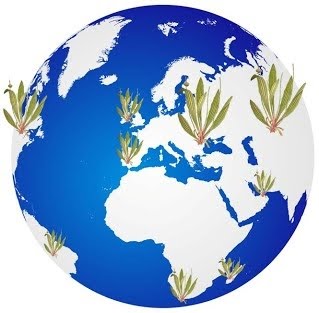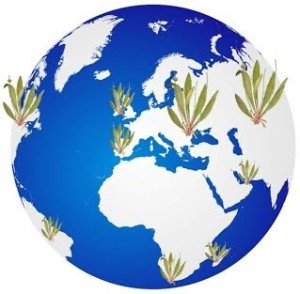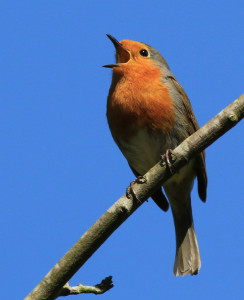 Scientists as a demographic group tend to be atheists. One survey of members of the National Academy of Sciences found “…near universal rejection of the transcendent…” As scientists are concerned with the study of the natural world they are liable to eschew any supernaturalistic explanations, although there are notable exceptions. Historically science and religion have frequently crossed swords but recently there has been a marked increase in the criticism of religion by various scientists.
Scientists as a demographic group tend to be atheists. One survey of members of the National Academy of Sciences found “…near universal rejection of the transcendent…” As scientists are concerned with the study of the natural world they are liable to eschew any supernaturalistic explanations, although there are notable exceptions. Historically science and religion have frequently crossed swords but recently there has been a marked increase in the criticism of religion by various scientists.
An increasing number of scientists have become popularisers of their research area and frequently engage with the public; this inevitably leadsto the person’s own philosophy and opinions being put forward in addition to the science. In particular, the past decade has bore witness to a surge in the amount of popular literature promoting atheism and criticizing religion. Scientists have also entered the public sphere to debate intellectuals in theology, philosophy etc. on matters of religion and atheism.
Scientists have had both a proactive and a reactive response to religion. For some, science can now fill the gap that religion once occupied. Richard Dawkins wrote that Darwin has made it possible to become an intellectually fulfilled atheist. This success has led to the development of a modern scientism. Michael Shermer, the founder of The Skeptics Society and a noted atheist, describes it as “…a scientific worldview that encompasses natural explanations for all phenomena”. This is a complimentary definition of a typically pejorative phrase that has dogmatic connotations.
One criticism from an Irish perspective comes from Gabriel Daly who, while celebrating the achievements of science, says that scientism “…can be rightly repudiated as a monster of arrogance and philistinism.”
Shermer’s contention is that certain developments in science have allowed humans to ask questions and indeed get answers from areas once exclusive to religion. For instance, cosmology and evolution can probe the origins of the universe and of our selves. On Stephen Hawking, Shermer wrote, “…this being the Age of Science, it is scientism’s shamans who command our veneration.” He maintains that scientism can bridge the gap between the two cultures of science and the humanities that CP Snow described. Daly also invokes the idea of Snow’s two cultures but he has a different interpretation to Shermer. He argues that the two cultures offer different perspectives, that neither one has the final say on any issue so there is no reason for conflict.
It does appear that scientists have shed the need for religion as a way to look at the world. If you have that mindset you’re happy with an unwoven rainbow.
Author
Adam Kane, kanead[at]tcd.ie
Photo credit


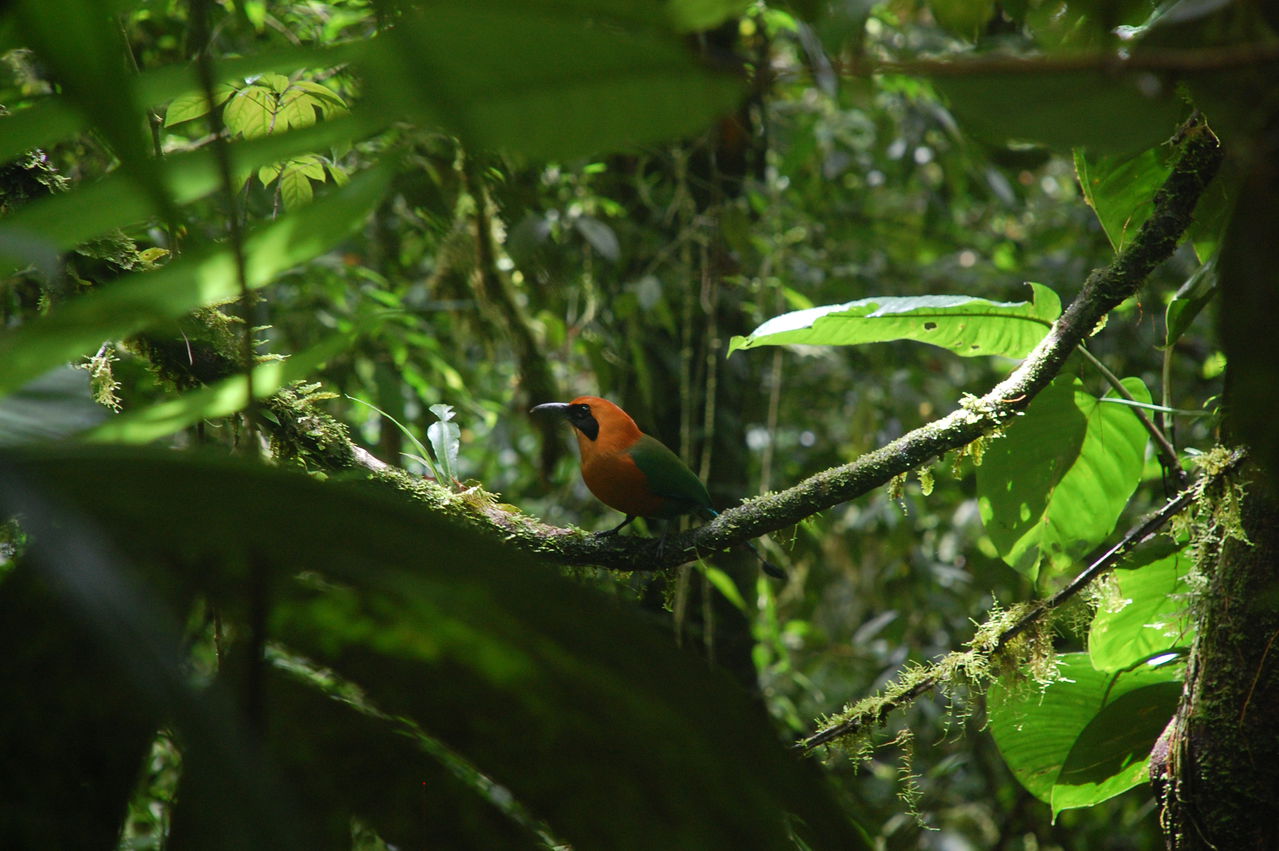
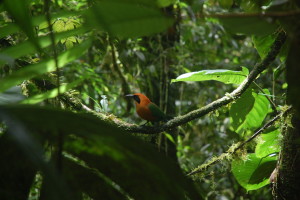 Thanks to everyone who entered the competition. This time around our panel of judges deemed Deirdre McClean’s entry to be the worthy winner. Her picture of a
Thanks to everyone who entered the competition. This time around our panel of judges deemed Deirdre McClean’s entry to be the worthy winner. Her picture of a 

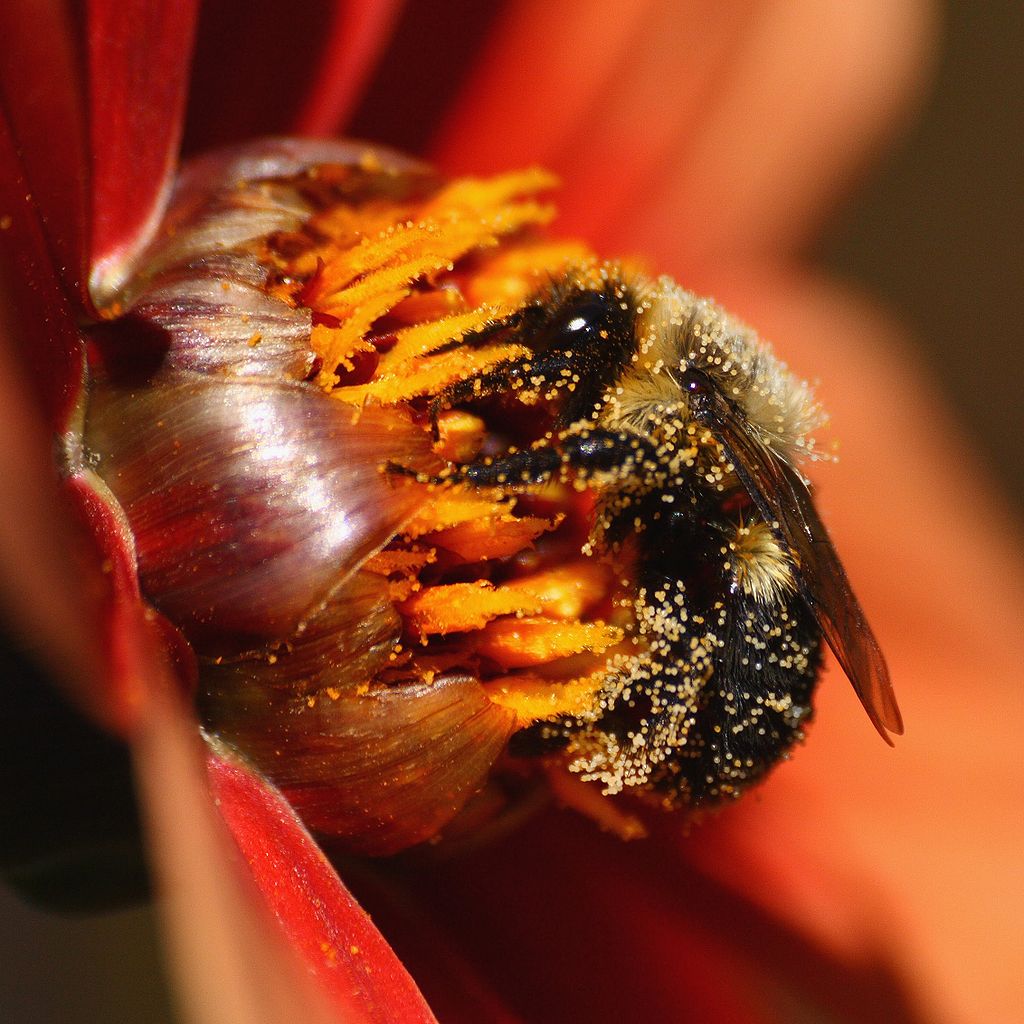
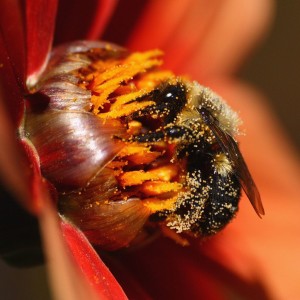 “
“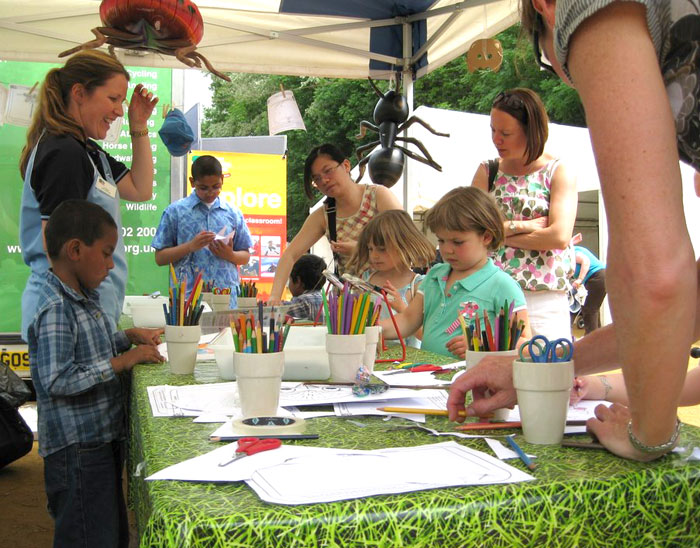
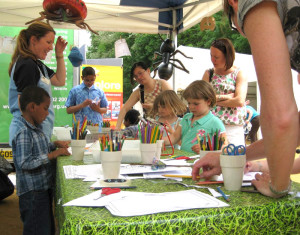
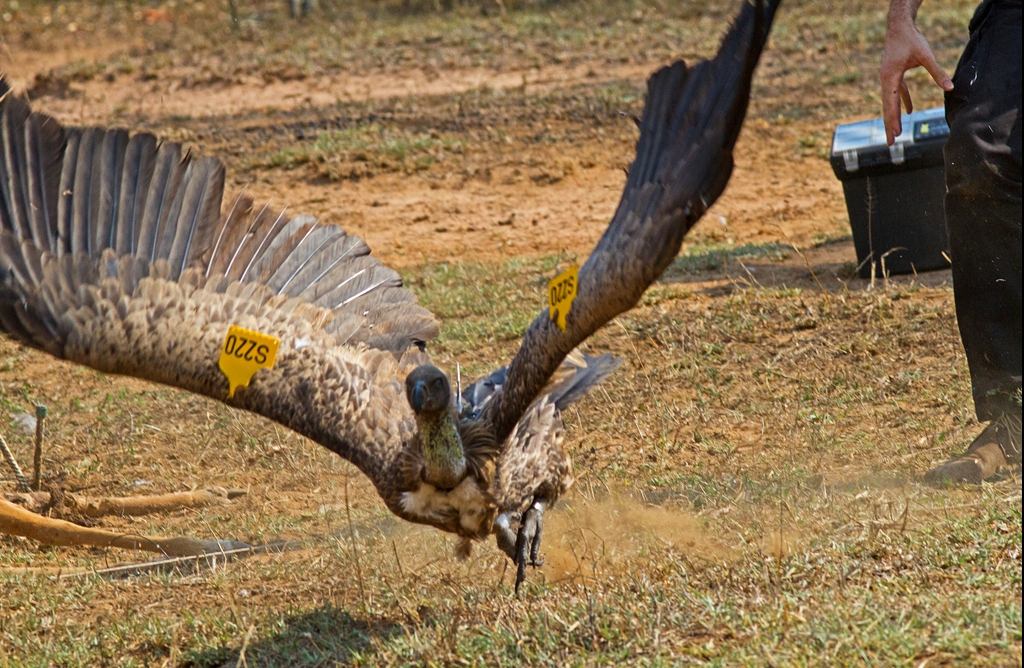
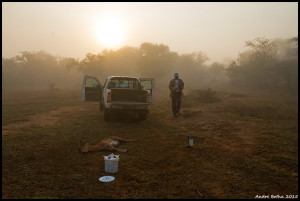
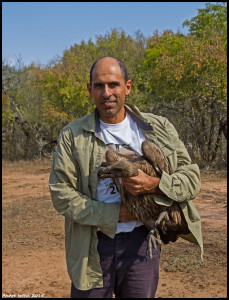
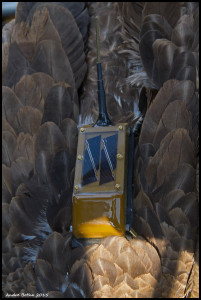
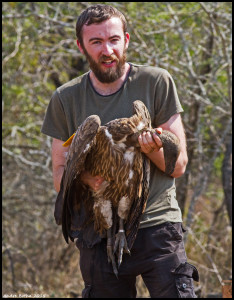
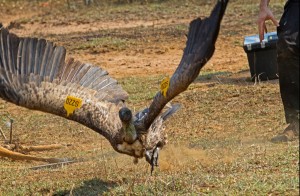
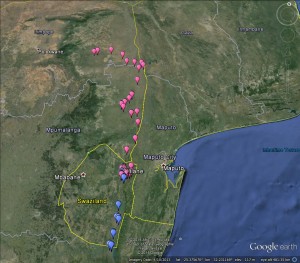
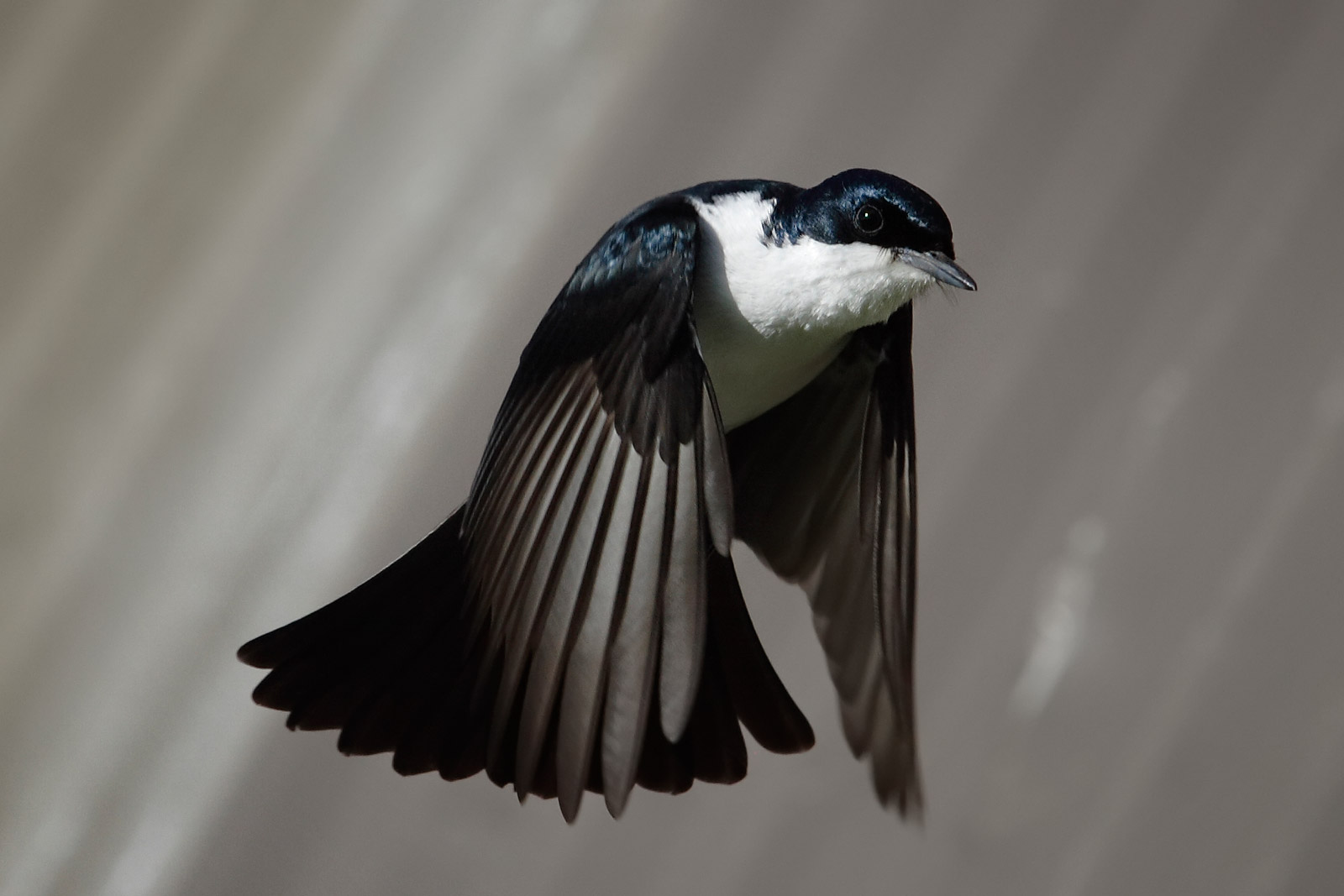
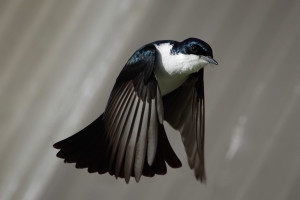 A reminder for the
A reminder for the 